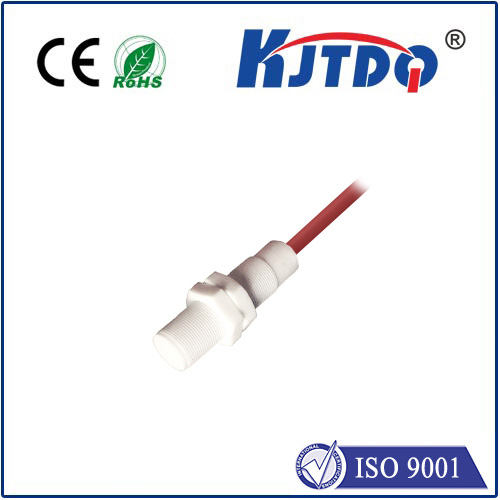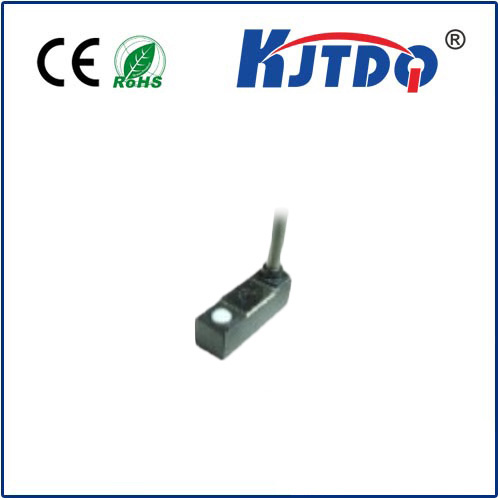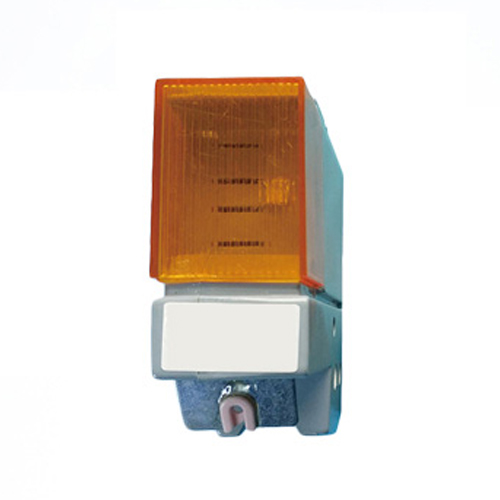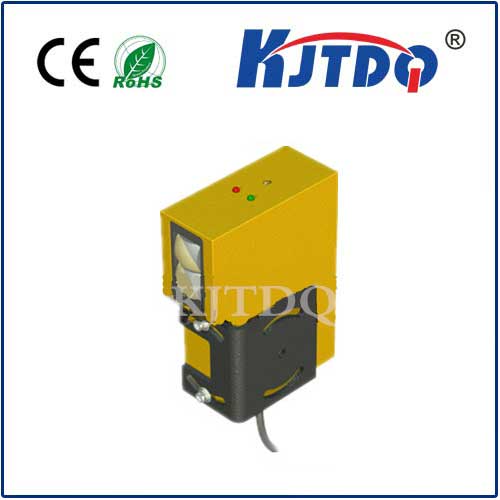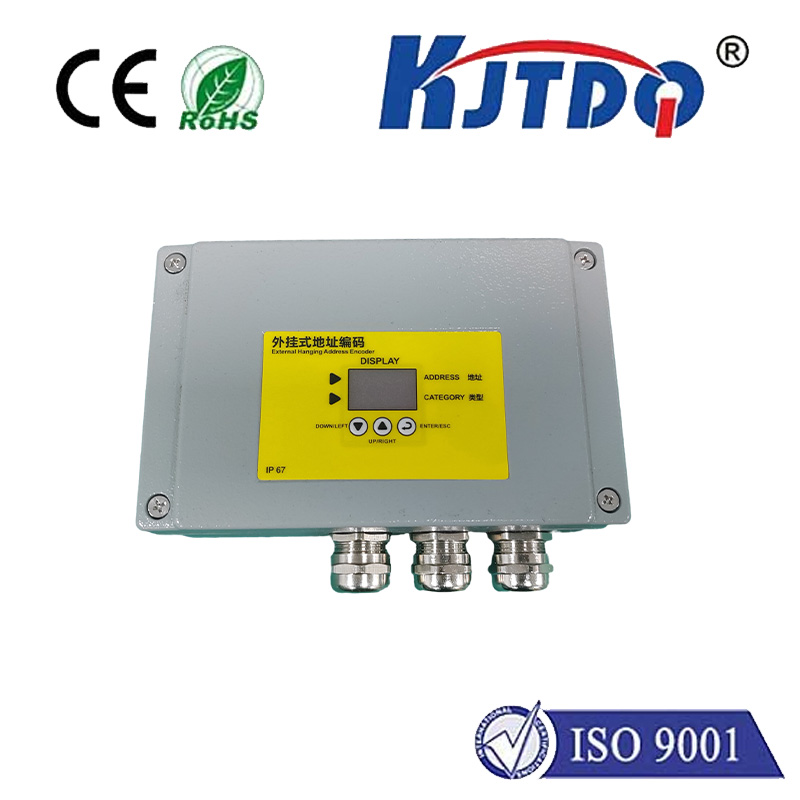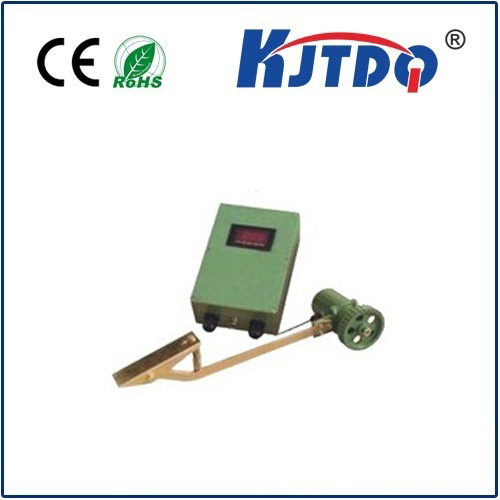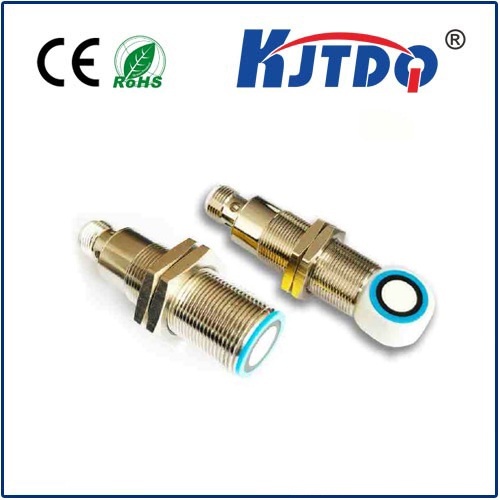

check

check

check

check
Think about the smooth, precise operation of a robotic arm on an assembly line. Consider the giant steel coils moving through a rolling mill. Imagine the elevator stopping perfectly level with your floor. Behind countless automated motions and critical safety functions in factories, warehouses, and machinery worldwide, a remarkably simple yet utterly vital component quietly performs its duty: the industrial limit switch. Often overlooked, these rugged devices are fundamental building blocks of automation, providing essential position feedback and safeguarding operations. Understanding their role reveals why they remain indispensable in the modern industrial landscape.
What is an Industrial Limit Switch?
At its core, an industrial limit switch is an electromechanical device designed to detect the presence or absence, passage, or position of an object, typically within a machine or process. It functions by being physically actuated – meaning an external force, usually from a moving part like a machine arm, door, gate, or conveyor component, presses against its mechanical lever, plunger, or roller. This physical interaction triggers an internal mechanism, changing the state of its electrical contacts. Essentially, it translates mechanical motion into an electrical signal – a simple “on” or “off” command – that tells a control system (like a PLC - Programmable Logic Controller) that a specific position or condition has been reached.
Unlike proximity sensors that detect objects without physical contact, limit switches rely on that tangible interaction. This direct mechanical actuation, while sometimes seen as a limitation, is often a key strength, offering simplicity, robustness, and clear physical feedback.
Why Are They So Crucial? Core Functions

Industrial limit switches serve two primary, equally critical functions:
Diverse Designs for Demanding Environments
The harsh realities of industrial settings demand limit switches built to withstand significant punishment. They are engineered for reliability under challenging conditions:
Common Industrial Applications: Where They Shine
The versatility and reliability of industrial limit switches see them deployed across virtually every sector:
Selecting the Right Limit Switch: Key Considerations
Choosing the optimal industrial limit switch requires careful evaluation of the application:
Beyond the Basics: Modern Relevance
While newer sensing technologies emerge, the industrial limit switch endures for compelling reasons. Its simplicity translates to straightforward installation, troubleshooting, and lower cost in many situations. Its robustness makes it uniquely suited to harsh industrial environments where dust, moisture, vibration, and impact would cripple more delicate electronic sensors. The physical actuation provides a clear, unambiguous signal and can serve as a mechanical backup or visual indicator. Crucially, its fundamental role in safety interlocks is often legally mandated and relies on proven, reliable technology.
In essence, industrial limit switches are the workhorse sensors of automation. They provide the fundamental “yes” or “no” answers about position and state that complex control systems rely upon to execute sequences smoothly and safely. From ensuring a conveyor stops correctly to preventing catastrophic machine accidents, these unassuming devices play a foundational role in the efficient, reliable, and safe operation of our modern industrial world. Their continued evolution focuses on enhancing ruggedness, sealing, and ease of integration, proving that even in the age of complex sensors and IIoT, a simple, reliable mechanical switch remains absolutely vital.

